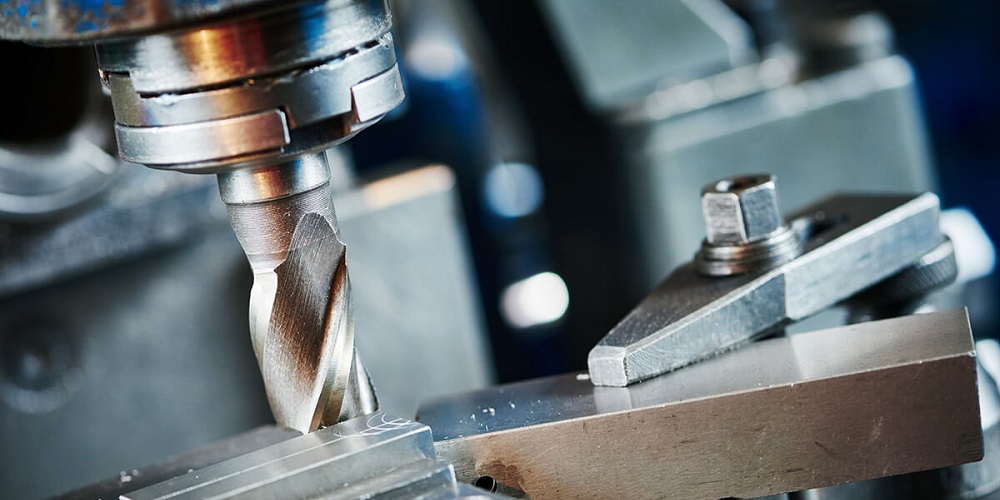Features of CNC Milling
Our software professionals can choose the best milling parts, optimize tool routes to carve quickly, ensure a higher grinding surface, and maintain tight tolerances. When we grind a delicate and intricate item with multiple kinds of instruments on our Five-axis machining operations, we ensure quality as an on-the-detection algorithm.
Components for CNC Manufacturing
Polymer
Milling polymers are the most frequent and cost-effective approach to check your style's visual appearance.
Alloys
Manufacturing is a common method for producing metallic experiments and final components. Popular minerals are aluminum, mg, steel, brass, copper, and other minerals.
More Resources
Designers can work with ceramics such as Alumina and AIN in addition to modern materials. We also have hardwood and marble on our listing.
CNC Milling's Benefits
- By optimizingmachining operations and employing special hand tools, 80 percent of geometrical and moving parts can be CNC machined in microseconds. In most circumstances, Milling is more cost-effective for large-scale production than 3d printers when mechanization is in place.
- Apart from the high processing speed, many types and specifications of moldedplastic blocks are accessible for machining and several types of enhancing the properties for Numerical control components, such as spraying, powder coating, and anodizing. It's an incredible piece of composition and function.
- A grinding device's blades can strike the material from a range of angles, allowing complicated forms to be created. With more axes on CNC items, we can make more intricate components. Machining is frequently the best option when a CNC task includes an uneven form.
CNC Mills Of Multiple Kinds
The quantity of axes on a CNC mill is frequently used to characterize it. With additional axes, they can rotate their instrument and/or substrate in a wider range of directions, increasing slicing versatility and allowing them to produce more complicated ones in less period.
Conventional CNC grinders have three axes, which enable the shaft to move. The piece must be retrieved and carefully turned if the cutting process could access a component section.
By revolving on a vertical plane, many CNC grinders add an extra level of freedom. This makes it flexible and the creation of more complicated elements.
The most developed kind of CNC mill is the five-axis machine, which adds two additional angles of mobility to both the working table and wheel. Additional setups are rarely required because the mill can maneuver parts into various places.
What Does CNC Manufacturing Entail?
The quickly revolving milling machine gets in touch with the substrate during the CNC machining processes, stripping away substance. The object moves according to the G-Code commands, ensuring that incisions are done in the correct locations until the phase is complete. Certain CNC mills use quick rotating to provide a larger number of chopping orientations.
Heavy alloys are not a problem for CNC grinders to cut past. This makes them more adaptable than CNC grinders, as these are equivalent to three-axis grinders but can't penetrate heavy objects. CNC grinders differ from CNC lathe machines and spinning centers in that the product, not the chopping blade, revolves.


